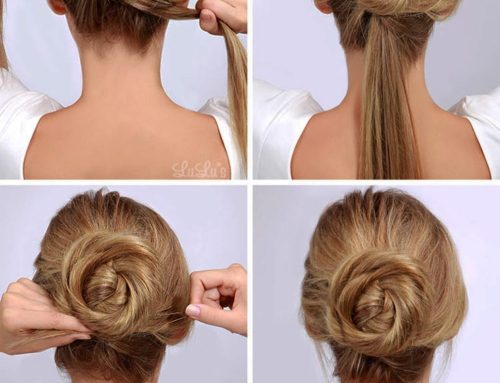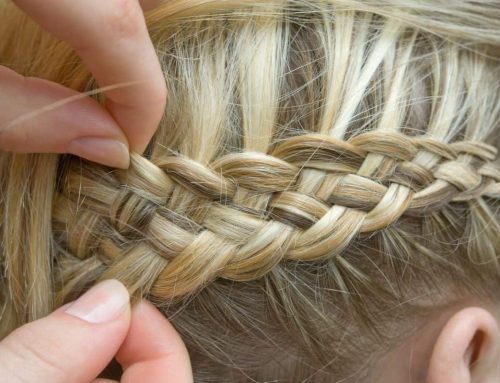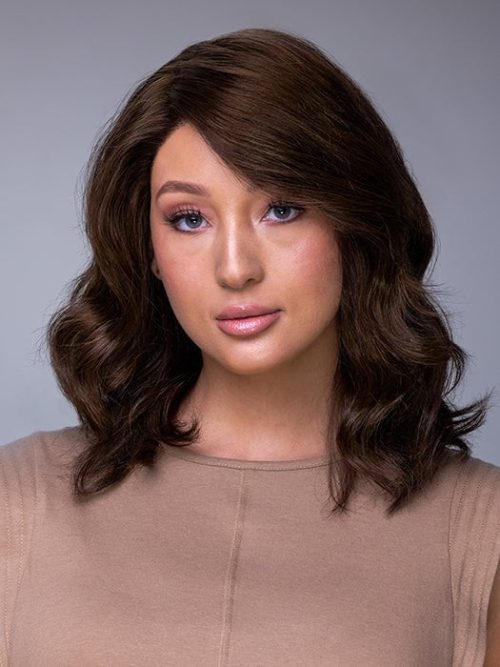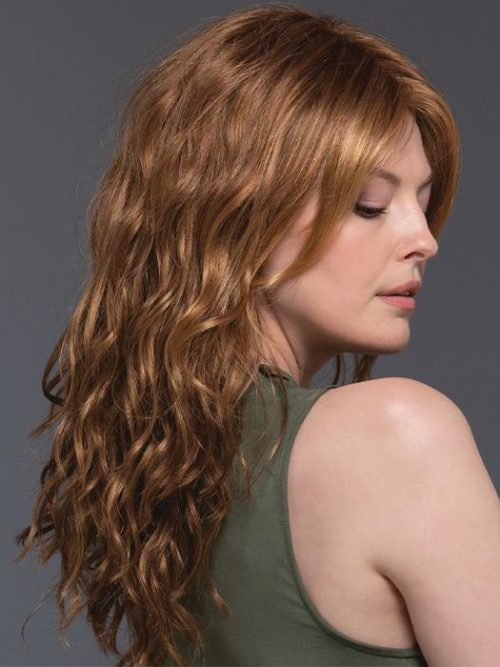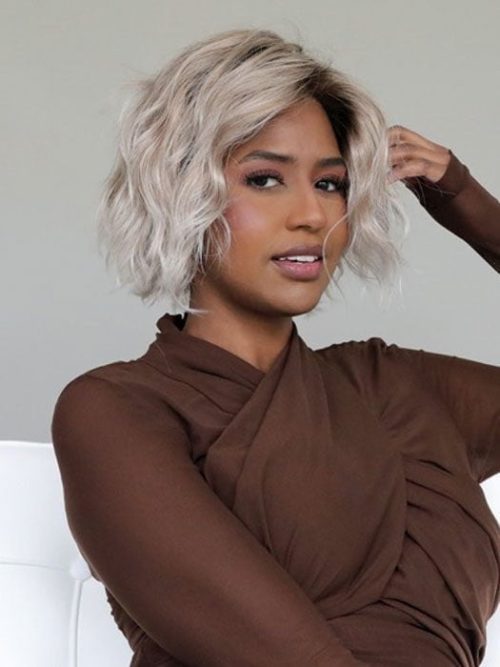Unraveling the World of Wigs: A Comprehensive Guide
Ever wonder about the world of wigs that often remains hidden behind the scenes of daily life, only glimpsed in TV dramas or fleeting visits to wig stores? Well, let me take you on a journey through the fascinating realm of wigs, those hair accessories made from human hair, synthetic fibers, or animal hair, crafted through intricate processes.
Wig Types and Choices: An Overview
Wigs come in various types, each serving different needs and preferences. Let’s break it down:
-
Full and Partial Lace Wigs: Full lace wigs, known for their natural hairlines and breathable lace caps, offer versatility in styling. Though they come with a higher price tag, their realism and comfort are unmatched. Partial lace wigs, or front lace wigs, provide a natural hairline at the forehead, blending durability with cost-effectiveness, though they might not offer the full styling flexibility of their full-lace counterparts.
-
Non-Lace Wigs: These are the sturdiest, made on a nylon mesh base, and are more budget-friendly. However, they may lack the natural appearance and seamless hairline integration of lace wigs.
Crafting Perfection: The Making of Wigs
Wigs are crafted either by machines or through meticulous hand-weaving:
-
Machine-Made Wigs: These are mass-produced, making them more affordable. However, they might feel heavier and less breathable, with a tendency to tangle.
-
Hand-Tied Wigs: Created with precision and care, hand-hooked wigs boast high realism, excellent breathability, and superior comfort, justifying their higher cost.
The Art of Wig Making
Wig construction varies significantly, from machine-made caps to intricate hand-tied designs like Jewish wigs (Sheitels) and Monofilament (MONO) wigs. Jewish wigs, crafted with European or Mongolian hair, represent the pinnacle of wig craftsmanship, featuring a multi-layered structure that simulates natural hair growth. MONO wigs, on the other hand, offer a realistic appearance with their dense, slightly stiffer netting, though they may not be as breathable as lace.
Purpose and People: The Versatility of Wigs
Wigs serve various purposes, from fashion statements and volume enhancement to covering hair loss. They cater to different groups, including women, men, and children, and come in materials ranging from pure human hair to synthetic blends and animal hair.
Base Matters: The Foundation of Wigs
The wig base is crucial for comfort and realism, with options like Swiss lace, French lace, silk, and PU (Polyurethane), each offering distinct benefits and aesthetic qualities. Some wigs combine these materials, like front lace with a PU back, to balance appearance and durability.
Functionality and Fashion: The Role of Wigs
Wigs are not just about covering the head; they include hairpieces, extensions, and accessories, each designed for specific needs and styling preferences. From full caps to hair toppers and clip-ins, the choices are vast and varied.
In the end, whether it’s for fashion flair, compensating for hair loss, or fulfilling the requirements of specific professions, wigs offer a world of possibilities. Through this guide, I hope you’ve gained a deeper understanding of wigs and their diverse classifications, ready to explore this transformative accessory in your life.
超级Markdown

超级待办

超级快贴

设置

